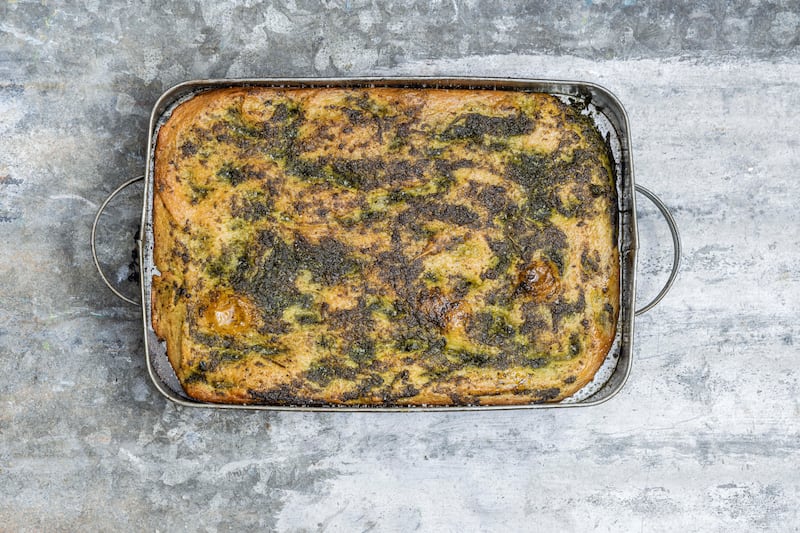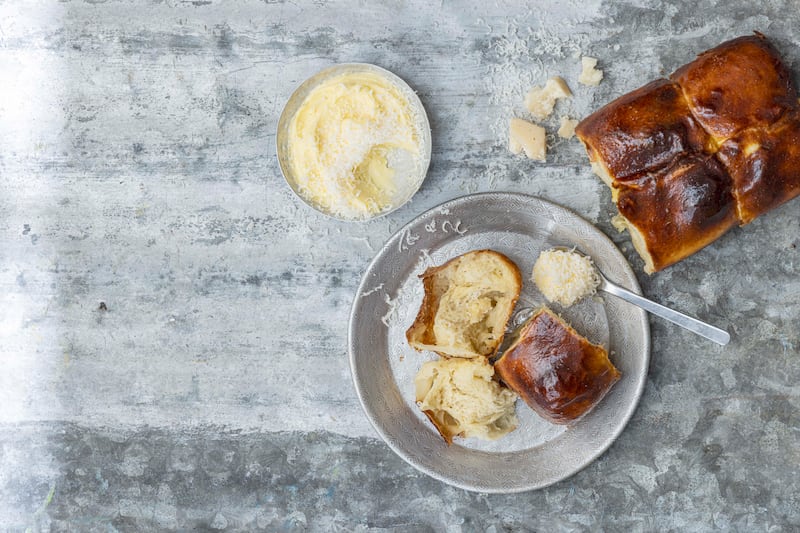September has arrived and with it the madness of family life. This week’s recipes are designed to bulk up mealtime, saving you some valuable time and money with the main part of the meal. This is a key learning from the restaurant kitchen. The cost of meat and fish has gone through the roof in recent months. In a conversation with a prominent Irish chef, I wasn’t even shocked to hear that he was struggling to get a decent portion of meat and fish on the plate for less than €10. That’s before even a sauce, vegetable or garnish is added, not to mention the rent, rates, staff costs‚ energy, insurance and tax: the list goes on and on.
To have any net profit from this base, the cost of the dish probably needs to multiply by four. So with a €10 portion of fish or meat and about €2.50 worth of sauce, vegetable garnish and some herbs, kitchens are looking at charging about €50 to cover costs and deliver a small and vulnerable net profit. It’s possible, of course, to cut corners by buying cheaper and often foreign ingredients. Some of the steps in the cooking process could be skipped too to save on labour. But that’s not what restaurants are about, it’s not a race to the bottom.
The point of this anecdote? The very same principles apply at home, granted with simpler ingredients and dishes. For most, we have a set budget each week to spend on food. This budget must deliver breakfasts, packed lunches and dinners for the entire week. Like a restaurant, it becomes very expensive to satisfy everyone’s appetite with expensive ingredients such as meat and fish. Increasing the carbs on the plate adds sustenance without cost. That involves more potatoes, pasta, root vegetables, rices, pulses and breads. All of a sudden, costs can be cut without serving less food or poorer quality ingredients.

Which brings me to today’s recipes. The first is a very simple focaccia that incorporates a pesto to add some interest. This is a base recipe, to which you can add whatever leftover ingredients you like: sundried tomatoes, leftover potatoes, ham, cheese, even some Bolognese mix. Bake it off and bulk up your midweek dinners. It can even be used as sandwich bread for school lunches.
READ MORE

The second recipe is a take on traditional brioche, and takes a little more time. The Parmesan stuffing adds a touch of class to proceedings, and this particular bread is ideal for mopping up all the juices from the base of a dinner or lunch plate. In Italy they call this ritual “Fare la scarpetta”. Say what you want, but they know what they’re at when it comes to simple, delicious food. You won’t even have to clean the plates afterwards.


















